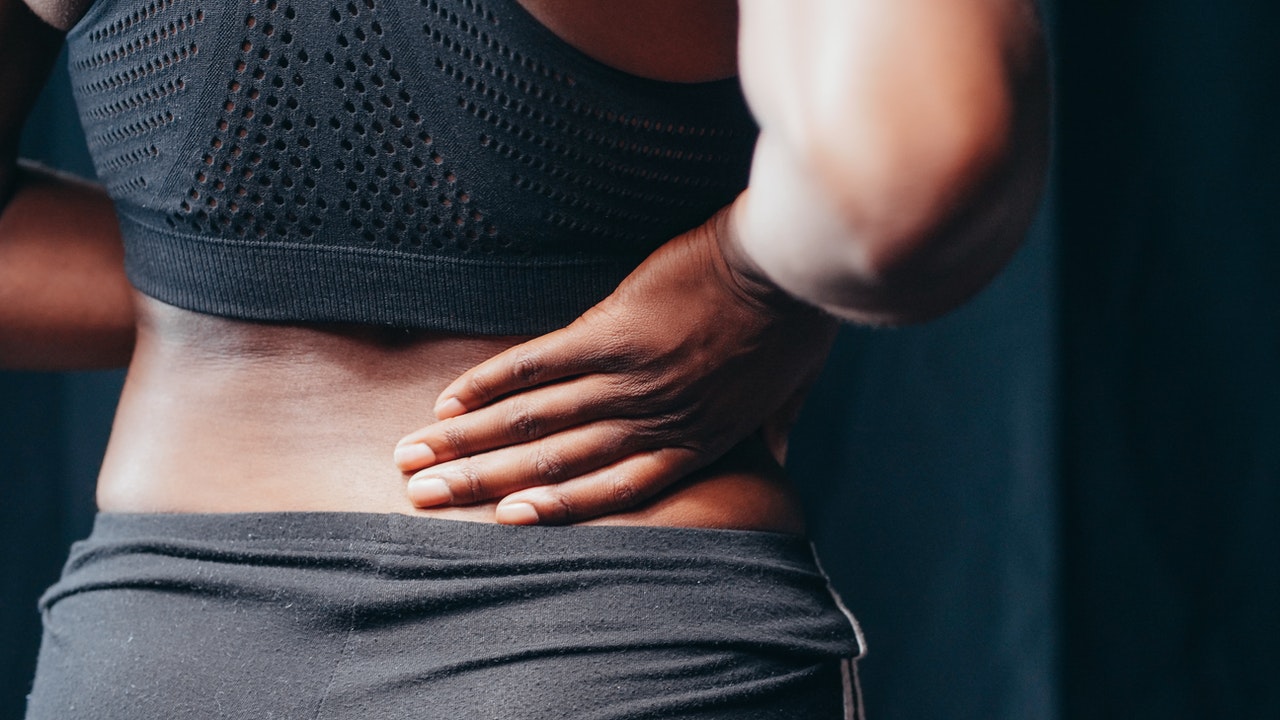The fastest way to relieve back pain is relative rest to settle existing symptoms while utilising gradually increasing movement and targeted exercise.
Previous back pain management
Traditional back pain management involved complete bed rest. This was thought to settle symptoms and give affected structures time to heal.
Unfortunately, this type of treatment has the opposite of the intended effect.
Bed rest not only weakened muscles but made the back stiff, leading to a reduction in flexibility and more difficulty returning to full function and normal activities of daily living.
The present
Fast forward and our understanding of back pain has developed considerably, thanks in no small part to evidence-based studies and randomised controlled trials.
Results from this research clearly demonstrate that rather than resting in bed, we should be moving as early as possible in the recovery process.
That’s generally why hospitals are so keen to get you out of bed as soon as possible following an operation (in addition to freeing up space!)
The fastest way to relieve pain does depend somewhat on the type of back pain you’re experiencing and the structure responsible.
Severe low back pain
Severe back pain is a level of pain that you would describe as intense.
On a scale of 1-10 with 1 being low and 10 being high it would be above 5.
It might be intermittent, present with particular movements or positions or it might be constant and ever-present.
Recommendation
- Relative rest – relative rest may be best understood as the avoidance of aggravating movements and positions. For example, if you experience acute pain while bending down, it’s sensible to avoid bending down and provoking your symptoms. This would be akin to continually rubbing a cut, creating excessive inflammation and preventing healing. Relative rest allows the severe or intense symptoms to settle before progressing to the next phase of rehabilitation, which we’ll outline next when discussing non-severe pain.
- Medication – in this phase of the condition, with intense symptoms, medication is advisable. This could be over the counter pain relief or a prescription if required. Although many patients are reluctant to take tablets, doing so prevents secondary complications and delayed rehabilitation. The primary aim here is to get someone movement-ready as quickly as symptoms allow, so reducing pain, inflammation and associated muscle spasm is essential.
- Heat or cryotherapy – hot or cold therapy is advised by many therapists. However, for back pain, heat tends to be preferable. This is primarily for pain relief and to reduce muscle spasm, which may be preventing a return to normal movement.
- TENS – in addition to medication, some patients may be offered a TENS machine which alleviates pain through the application of electrical stimuli through the affected tissues. Once again, it may also assist with reducing muscle spasm.
Non-severe back pain
Non-severe back pain is that which might be rated as less than 5 on a numerical scale. Again, it might be constant or intermittent depending on the type of back pain and structure affected.
Recommendation
- Relative rest – this approach is still recommended. Avoiding aggravating factors which exacerbate the symptoms is advisable.
- Pain and muscle relaxation treatment – as required.
- Movement – continuing with your normal activities of daily living is paramount, as long as your symptoms aren’t provoked. This may include walking or simply getting up from a sitting position and moving around the house regularly (every 30 minutes to 1 hour for example)
- Rehabilitation programme – assuming you haven’t left your back pain untreated, getting a specific rehabilitation programme with targeted exercises is essential. This might include doing a cobra stretches for lower back pain or cat and dog exercises for mid back pain.
- Exercise – accompanying relative rest and movement, low impact exercise within your pain limits will lead to faster pain relief. For some that might be cycling and for others it might be swimming.
Types of back pain
Back pain may be categorised in different ways, including acute and chronic.
- Acute low back pain is generally classified as symptoms that have been present for 6 weeks or less.
- Chronic pain is that which has been present for longer than 6 weeks.
Whether the pain is acute or chronic isn’t really the main issue, as acute back pain can produce either low-grade or severe pain. Likewise, chronic pain can either be mild or intense.
The fastest way to relieve back pain is therefore more about the intensity of symptoms and what you can tolerate in terms of treatment, as opposed to exactly how long the condition has been present.
The one exception to this rule is serious back pain, which requires immediate medical attention.
Structure at fault
Some structures require different interventions depending on the cause of back pain.
For example, a disc might respond well to lumbar extension exercises in the form of cobra exercises, while a facet joint dysfunction may best be treated using lumbar flexion.
It’s always best to consult a medical professional to ensure the back pain modalities being employed are appropriate for the structure at fault.
If in doubt, don’t push into pain with any exercises and if you notice an increase in symptoms with particular movements or positions, make a mental note to avoid these aggravating activities.
What is the fastest way to relieve back pain?
The fastest way to relieve pain depends on various factors, perhaps the most important being the intensity of symptoms.
To heal fast, try to get the immediate symptoms under control using medication and relative rest before progressing to controlled movement and a gradual increase in activity levels as pain allows.
Remember, the vast majority of back pain is self-limiting and will resolve without intervention in 6 weeks.
